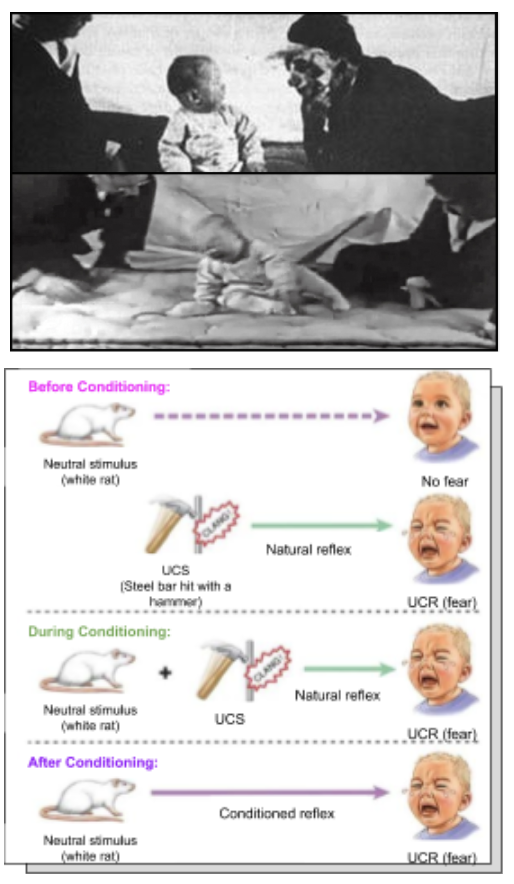Taken from ASBMB’s monthly research newsletter: The Monthly Digest (Nov. 2020, Issue 1).
Written by Sahithi Gangaram
IN 1975, Rahima Banu was only three years old, living in a rural village on Bhola Island, Bangladesh, when she contracted smallpox. The case was reported by an eight-year-old girl, who was paid 250 takas. The information would be reported to the head of the WHO’s smallpox eradication campaign, Donald Ainslie Henderson, via telegram on October 16th. The WHO team arrived and cared for Banu, who made a full recovery. On the 24th of November, 1975, Banu was declared cured. Scabs of the virus from her body were transferred to the CDC in Atlanta, where they are currently stored along with hundreds of other samples. Rahima was the last person in the world to have naturally acquired variola major and the last person in Asia to have active smallpox.
The effort against the virus began with an English doctor, Edward Jenner, in 1796. Jenner observed how milkmaids previously exposed to cowpox did not show any symptoms of smallpox after variolation. Named after the virus that causes smallpox (variola virus), variolation is where discharge from smallpox pustules are transferred to people who have never had smallpox. The first experiment to test this variolation theory involved a milkmaid named Sarah Nelmes and the nine-year-old son of Jenner’s gardener, James Phipps. Dr. Jenner took material from a cowpox sore on Nelmes’ hand and inoculated it into James’s arm. Months later, Jenner exposed Phipps many times to variola virus, but Phipps never developed smallpox. In 1801, Jenner published his treatise “On the Origin of the Vaccine Inoculation,” in which he summarized his discoveries and expressed hope that “the annihilation of smallpox, the most dreadful scourge of the human species, must be the final result of this practice.”
More than two hundred years later… you have to pity Edward Jenner. He develops vaccination for smallpox, saves countless lives in the process, and eradicates one of the greatest scourges of humanity, yet is often accused of conducting unethical experiments.
However, what could be more unethical than exposing a young boy to one of the deadliest diseases in the world simply to see if an unknown procedure would work?
Jenner isn’t the only scientist remembered today for his unethical practices. The Little Albert Experiment was carried out by John B. Watson and his graduate student, Rosalie Rayner, at John Hopkins University. The study demonstrated that classical conditioning could be used to create a phobia. A phobia is an irrational fear that is out of proportion to the danger itself. In this experiment, a previously unafraid, emotionally stable baby was conditioned to become afraid of a rat. Watson followed the procedures Pavlov had used in his famous conditioning experiments with dogs. According to today’s standards, the experiment is unethical because it did not protect Albert from psychological harm. Many sources claim that Little Albert was used as a subject in the study without the informed consent and permission of his mother.

References:
“History of Smallpox.” Centers for Disease Control and Prevention, Centers for Disease Control and Prevention, 30 Aug. 2016, www.cdc.gov/smallpox/history/history.html.
Li, J., Walker, S., Nie, J., & Zhang, X. (2019). Experiments that led to the first gene-edited babies: The ethical failings and the urgent need for better governance. Journal of Zhejiang University-SCIENCE B, 20(1), 32-38. doi:10.1631/jzus.b1800624
Mcleod, Saul. “The Little Albert Experiment.” Little Albert Experiment | Simply Psychology, 2020, www.simplypsychology.org/little-albert.html.